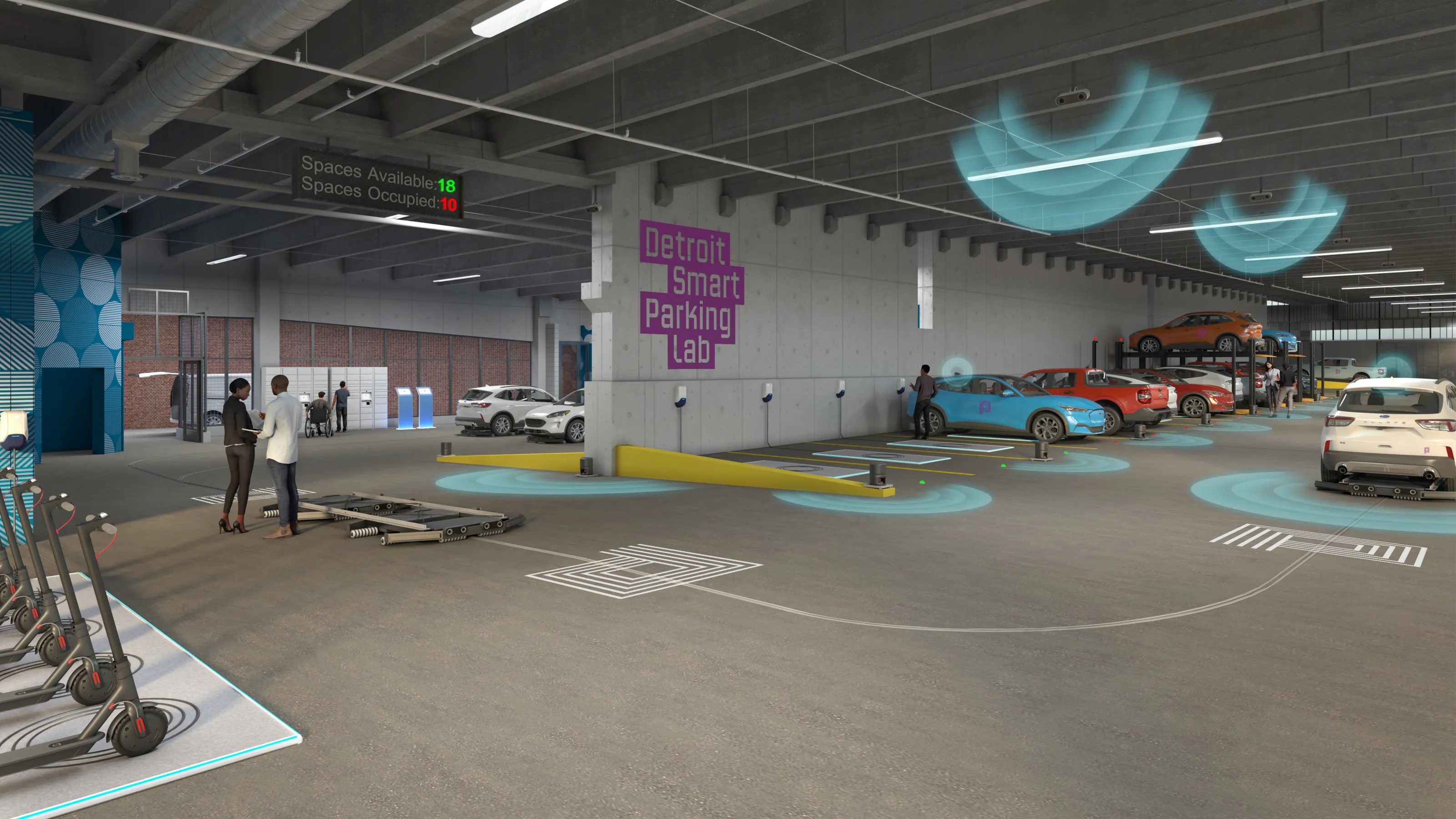
Delegates at the 16th ITS European Congress next month will be able to see a range of transport technology solutions around traffic management, autonomous shuttles and advanced logistics during a packed technical programme around Seville.
The event takes place at the Fibes Exhibition and Congress Centre in the Spanish city from 19-21 May.
Delegates can sign up to visit the DGT Traffic Management Centre of Seville and Seville City Council’s Mobility Centre to see how technology and real-time data manage the city’s roadways.
Attendees will also be able to ride on a Level 4 autonomous, connected shuttle service and see one of retail giant Amazon’s robotics-enabled distribution centres.
“This is an excellent opportunity to see present and future smart mobility solutions,” explains Francisco Sánchez Pons from CTAG, who coordinated the Congress’s technical visits. “This is an attractive programme that we believe showcases the advanced transport technology we have in and around Seville.”
Delegates will also be able to travel along the connected corridor between the Fibes Convention Centre and the city’s airport, which features real-time traffic information, hazard alerts and Vehicle to Infrastructure (V2I) communication.
The city's decarbonisation and mobility programme - Plan Seville Respira - includes investment in technology to better manage roads and public transport, and promotes sustainable mobility, accessibility and the quality of public spaces.
“Technical visits are always a key part of our events,” says Joost Vantomme, CEO of Ertico – ITS Europe, which organises the Congress.
“They give a chance for delegates and visitors to get out of the Congress centre and experience first-hand real-world innovations in the host city. This year’s technical visits are particularly exciting and impressive because they take in so many different transport modes, so I would strongly urge people to register for the event and then sign up for their visits before places run out."
Other technical visits include trips to the city’s Port Management Centre and the Catec advance aerospace technologies centre and Airbus plant.
The ITS European Congress is expected to be attended by more than 3,500 people from the public and private sectors.
To find out more and book your place, click here. Early bird rates are available until 18 April.









